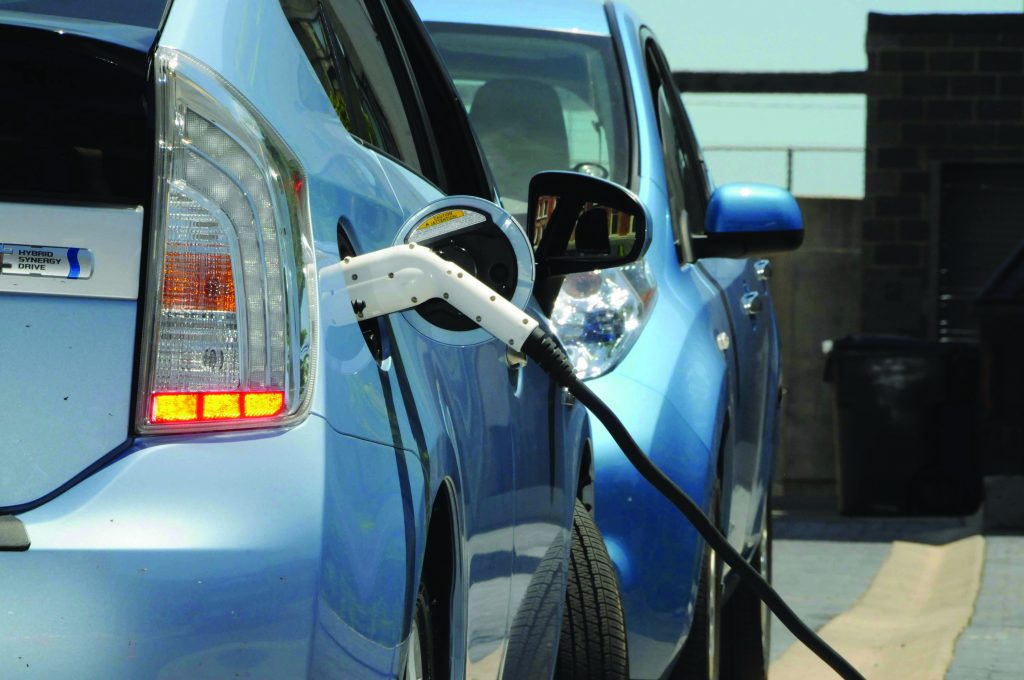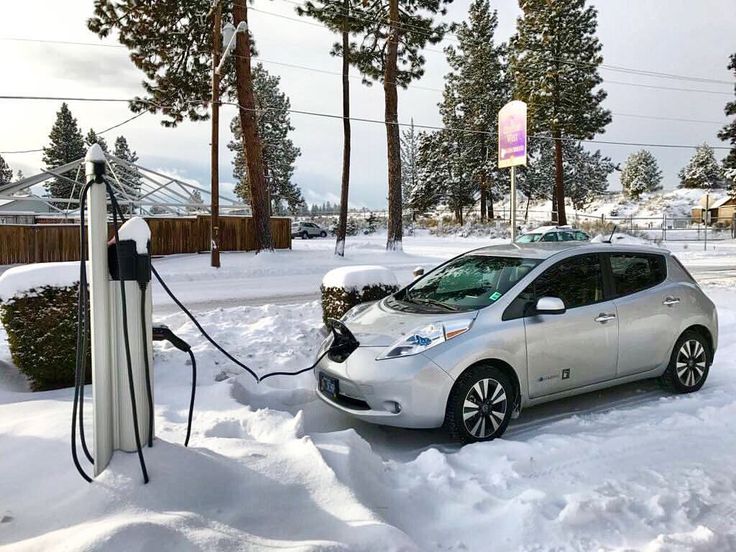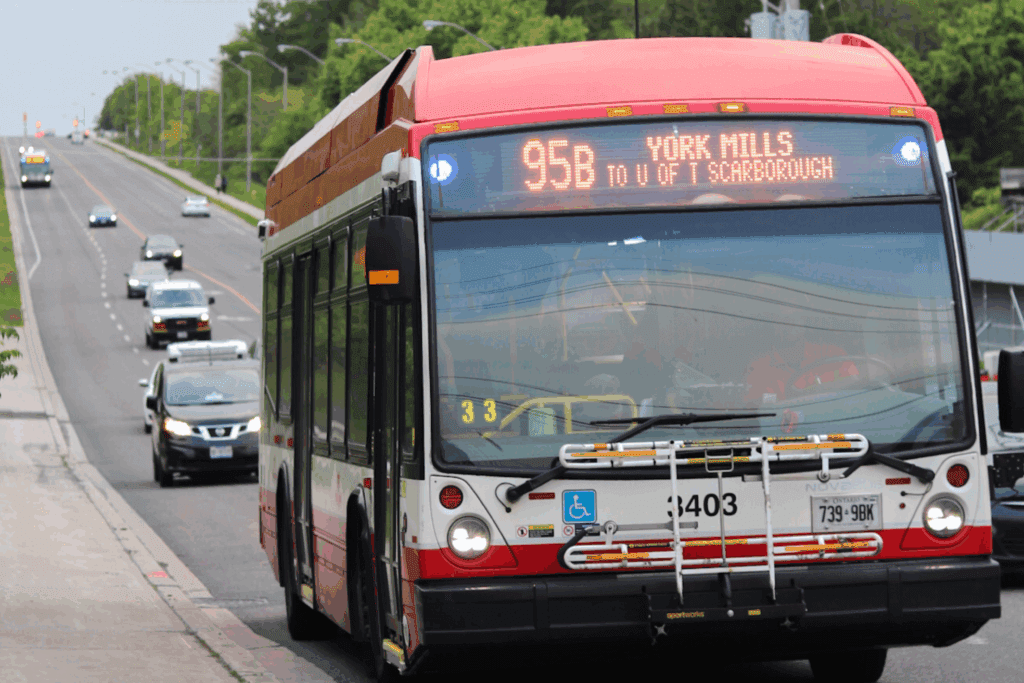Canada has a problem: a history of car-dependent city planning and a fleet of the most polluting cars in the world.
Fortunately, we already have readily available ways to create a more sustainable transportation future for everyone right now, no matter where they live. We just need our political leaders to take action.
Walkable, public transit-friendly communities are the safest and the smartest choice for our environment and economy. By making sustainable transportation options like walking, cycling and public transit safe, convenient and attractive, Canada has significant potential to reduce the greenhouse gas emissions from transportation in our cities.
According to Statistics Canada, over half (55 per cent) of all commutes made in a car, truck or van in Canada are for trips below 10km in length, and a third (32 per cent) are for trips below 5km or less. Shifting these trips to sustainable alternatives is crucial to reducing emissions now. By providing a bedrock of sustainable transportation alternatives, we can create livable cities where more people live closer to places they want to go – and also stop sprawl.
We urgently need investment in public and active transportation, especially in projects that can be implemented quickly like improvements in bus service and protected bike lanes. We’re advocating for public and active transportation investments, including advocating to expand programs that help deliver public transit solutions for people in rural areas. We know that if we want to rapidly reduce emissions with public transit, we need the federal government to fund transit service – not just procurement – and tie its public transit investments to city planning rules that will deliver more affordable housing and stop sprawl. We also need this now – not in 2026, as currently planned by the federal government.
Take Action: Tell the federal government to invest now in public transit across Canada.
Our latest report has found that Canada can double public transit ridership by 2035 and reduce carbon emissions by 65 million tonnes with targeted investments.
But not all trips by polluting car can be shifted easily onto public transit. Even in Canada’s fastest growing municipal regions, urban densification doesn’t happen overnight. But the climate crisis is happening now. That means addressing transportation sector emissions on every front, including helping Canadians get their hands on affordable electric vehicles, too. We can ensure that electric vehicles are the future of cars, while also ensuring that more cars on the road and more congested streets is not the future of urban mobility.
 Canadians can’t find an affordable electric vehicle and this is holding us back from meeting our climate change targets. Supply shortages of electric vehicles are creating wait-times that are years long. And even after the wait, the electric cars on the market aren’t what most people can afford.
Canadians can’t find an affordable electric vehicle and this is holding us back from meeting our climate change targets. Supply shortages of electric vehicles are creating wait-times that are years long. And even after the wait, the electric cars on the market aren’t what most people can afford.
This is because car companies make more money by flooding the market with gas guzzlers, and keeping the few electric cars they make for the luxury market. To reach our climate goals, we need to make car corporations start prioritizing the planet over their profits.
Thankfully there is a solution: A Clean Car Standard. This would require car companies to make 100 per cent of their fleet available for sale fully zero-emission by 2035.
This policy would make electric vehicles available to more Canadians, and result in more affordable electric models coming to the market, helping to ensure that the choice of going green and saving money on gas isn’t a luxury that is out of reach to most people.
Environmental Defence called for a Clean Car Standard – and the federal government listened. The Federal government released an Electric Vehicle Availability Standard – also known as the Clean Car Standard – to officially put us on the road to an electric vehicle future that is more affordable and holds car companies responsible for their pollution. This regulation means that car companies in Canada will be required to shift towards 100 per cent zero emission vehicle sales by 2035.
This regulation will reduce carbon emissions by 362 million tonnes. Our recent study found that rules like this can reduce the price of an electric vehicle by 20 per cent for the average Canadian consumer. It will also open the door to more investments in electric vehicle (EV) charging infrastructure and make sure that all Canadians who want an EV don’t have to wait months and even years for one to be available.
The Canadian auto industry is fighting against these regulations, in order to keep selling ever-bigger gasoline powered vehicles that make them higher profits. But make no mistake: a safe, affordable, and sustainable transportation future is on the way.









